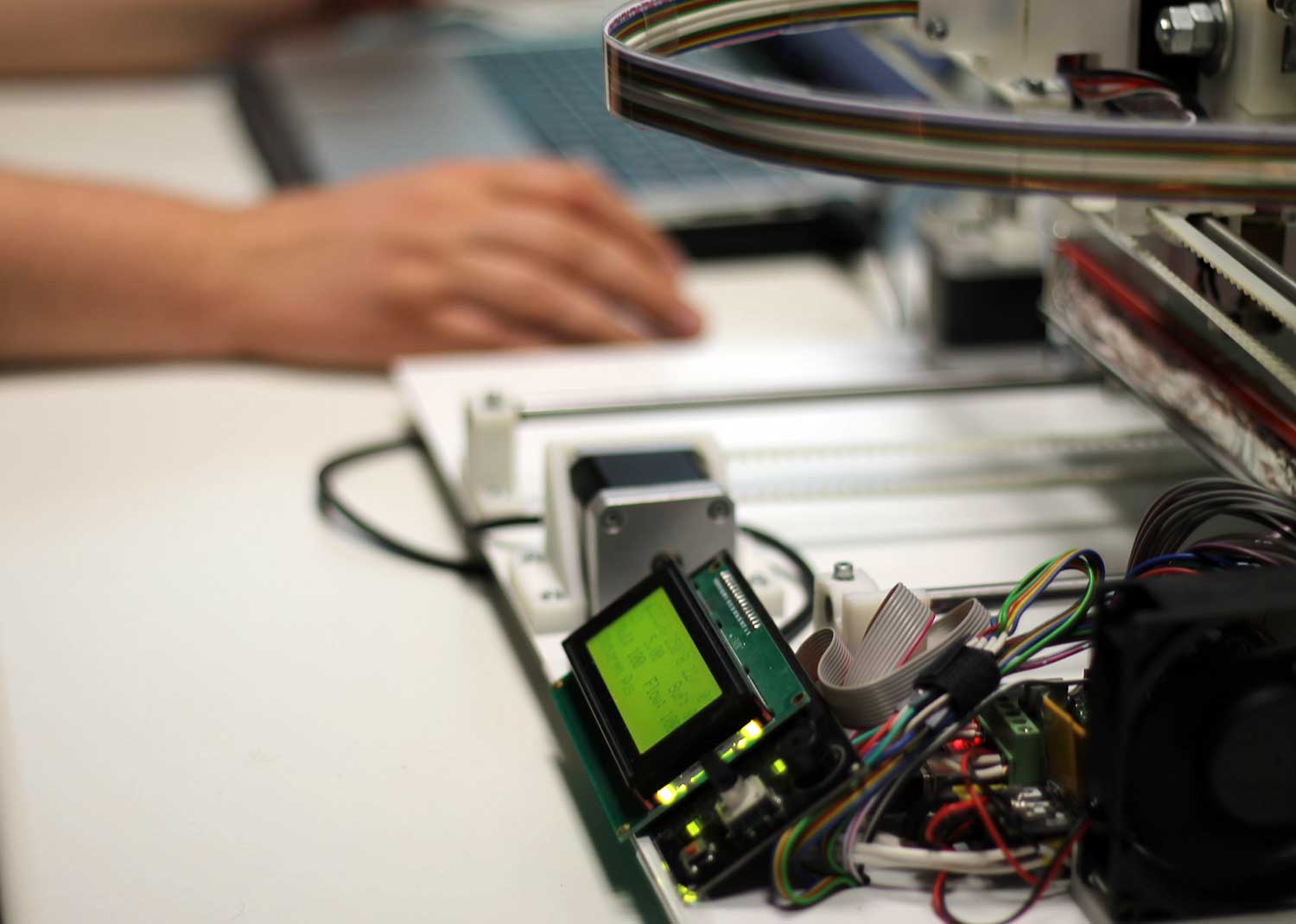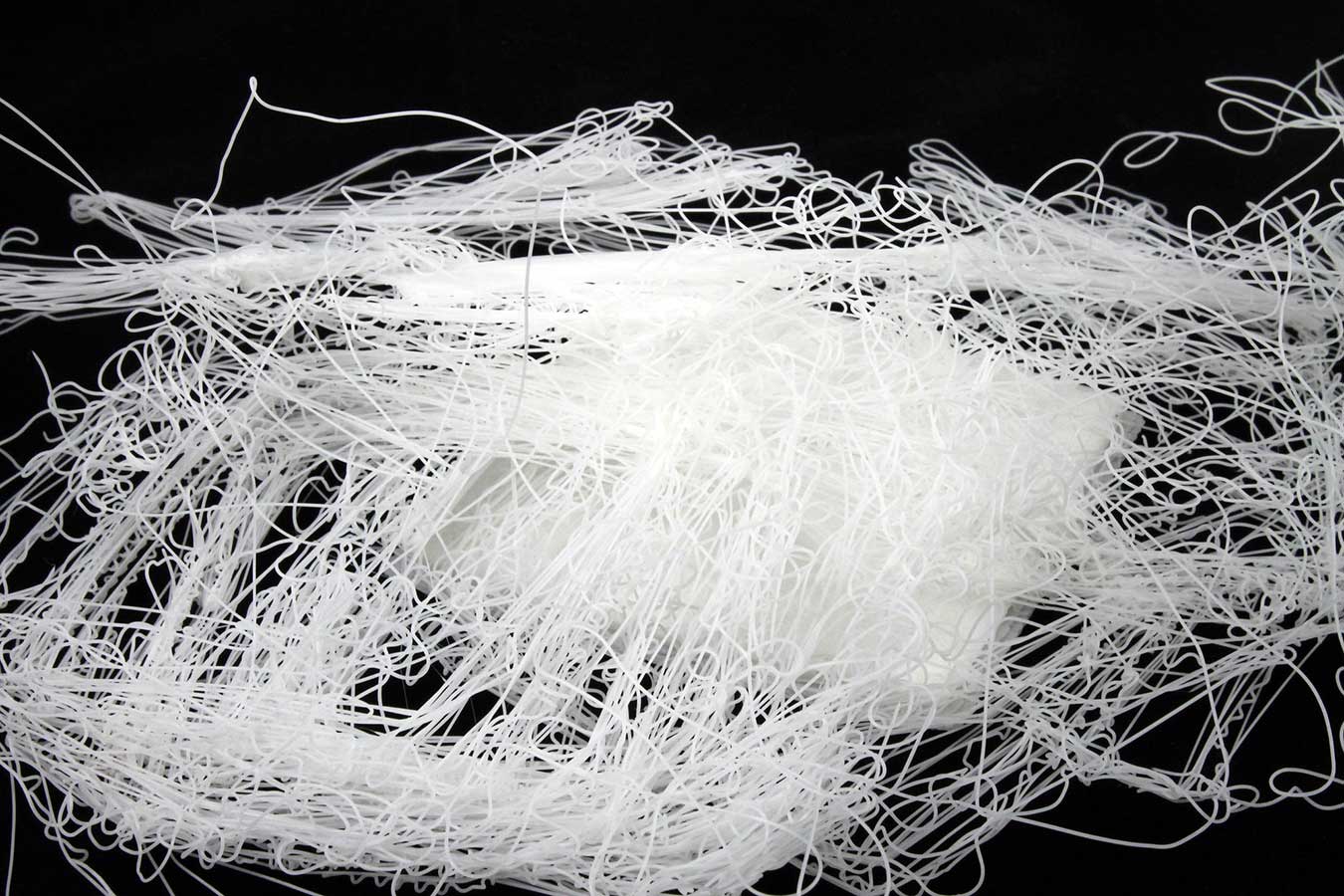The Sudden Surge in Synthetic Bamboo
by Scott Bowen
With its cheap but effective approach, the synBAM movement is probably here to stay

Is synBAM a revolution that was inevitable, or a soulless departure from the very essence of fly fishing? | image by its-izzy
Maybe you’ve seen a strange comment posted on various rod-makers’ Instagram or Facebook accounts: “synBAM **fail**”
Streamside this spring, you might see hand-made signs posted on trees or taped to windshields: “synBAMs stay home.”
Who or what is a “synBAM,” and who dislikes them so much?
“synBAM” is the generic name for the resin used by small army of rod-makers who are programming 3D-printers to produce synthetic “bamboo” fly rods. The word has also become a derisive nickname for the rod-makers themselves. The larger, faceless army of people who pursue synBams on-line have no collective name, but the synBAMs sometimes refer to them as “purists.”
“People who are afraid of technology shouldn’t be fly fishing at all,” said Merwin Gibbes, a 29-year-old synBAM rod maker in Altoona, PA. “Technology allowed for bamboo to be fashioned into rods in the first place. Technology now allows for a medium that’s equivalent to the organic composition of bamboo to be fashioned into rods. That’s called ‘progress.’”
3D printers can spit out a digitally tapered strip in about 30 minutes using synBAM resin, creating a piece that isn’t exactly a perfect match to Tonkin bamboo, but is so similar in color, texture, and flexibility that when all six strips are glued and varnished, and the entire rod assembled, only a highly experienced hand can tell the difference between a resin rod and a natural.
“With the printers and the synBAM, we’re totally skipping all that messing around, sanding the nodes, the hand-planing, and the heating,” said Sneed McManus, a former split-cane maker based near Spokane. “I’m seventy years old now, and I’m moving twice as much product. I’m getting old at only half the pace of real bamboo!”
At the heart of the matter are tiny fibrous structures within bamboo that give a planed section its strength and flex. synBAM, a petroleum-based resin originally developed for the manufacture of collectible action figures, has a chemical composition that, after being heated during the printing process, cures into an internal structure that closely mimics bamboo’s.
3D printing with high-grade synBAM maximizes flexibility. Low-quality or adulterated synBam produces a rod that’s brittle.
A real bamboo rod, however, seemingly has something the best synBAM doesn’t: soul.
“Blindfold me,” said Michael “Cary” Hogue, owner of World of Cane in Tinmouth, Vermont, “and put a true split-cane in one hand and a resin stick in the other. After four or five casts with a good line, I can tell you which is the natural, because you can sense the soul of the rod through the smooth, warm harmonics of its energy transfer.”
Hogue, an acolyte of Everett Garrison, has produced over 70 split-cane rods in his sixty years in the business. “I love bamboo,” he said. “I love its gentle flex. I sometimes wrap sections to my legs and upper arms for support. I absorb its energy.”
Soul or no soul, the real test of resin rods versus natural split-cane might be price. A split-cane rod from a major-name manufacturer can start at $2,500. Split-cane 5-weight rods billed as “affordable” by on-line dealers cost $300 (often with just one tip section, not two). A 5-weight synBAM with two tip sections goes for $150.

Are 3D-printed lines next? If this experimental bird’s nest is any indication, commercial fly-line production has no DIY peer yet. | image by Tim Regan
Another major synBAM selling point is the degree of taper achieved with a 3D printer. The depth gauges used to measure the groove of a planing form go out three decimal places. A 3D printer can be programmed to take a taper to the one hundred-billionth place.
“That’s eleven decimal places. Eleven!” Gibbes said. “Try to hand-plane your way to that.”
Hogue sees eleven decimal places as an emotionless vanishing point.
“Sure, a machine can taper to a degree that a human cannot,” he said. “But a machine does not love—it does not touch with a hand. How can you fish with a rod that has not been caressed?”
Most makers and aficionados of split-cane are not worried that synBAM rods will create a world of counterfeits, where resin rods are billed as naturals and sold for real-world bamboo prices.
“Some fakery will happen, inevitably,” Hogue said. “But true rod makers will seize this as a marketing opportunity to elevate their product.”
The North American Split-Cane Rod-Makers Guild (NASCRMG) has already begun a study into the use of a “natural-bamboo seal of approval” for its members.
“A seal of approval will clarify everything for the consumer,” NASCRMG said in an e-mail to MIDCURRENT. “Calling out the bogus, the cheap, and the craptacular is an American business tradition.”